7 Best Social Media Platforms for Small Businesses and How To Track ROI
Nowadays, everyone is on social media, and a savvy small business owner should go where the people are. In 2023 alone, there are 4.89 billion social media users worldwide, a 6.5% increase from a year ago. These users spend an average of 2 hours and 25 minutes scrolling through these channels daily.
Utilizing social media for your small business is all about being strategic. And while the industry’s big boys have the luxury of time and resources in building their social media marketing tactics, small businesses can surely keep up by being proactive and creative.
In today’s blog, we will discuss how to be smart about your social media presence to reach your target audience by going through the best social media platforms you can use and the most efficient ways to track your ROI.
Let’s get started!
Which social media platforms are best for small businesses?
.jpg.1aa769f0721aa3f6b03300eb29f93897.jpg)
In our previous article, you learned the best ways to use social media for small businesses. Now, it’s time to hop online.
As you start researching the best platforms and tools to build your social media strategy, it’s best not to make assumptions about where your audience spends their time. You might think that if you’re targeting the Gen Z audience, you can skip out on Facebook and focus on Instagram and Tiktok. But data revealed that almost a quarter of Facebook’s users are aged 18-24.
Now, if your target audience are baby boomers, you might think that social media isn’t one of your top priorities. But did you know that Facebook is still the leading social network for boomers? In fact, users over age 65 comprise Facebook’s biggest and fastest-growing audience group.
This is why choosing your social media platform is essential as you build your marketing strategy. Feel free to use different social channels to reach different audiences or meet your business goals.
Here are the best social media platforms for small businesses.
1. Facebook

Facebook is a top-rated social media platform with a varied audience of over 2.9 billion users worldwide and 200 million businesses as of January 2023.
Your small business can use Facebook to share almost anything, from photos, videos, and business news and announcements. With a business account, you can access the best advertising and analytics tools to track your performance. There are also several customization options to highlight specific information about your business, such as your contact information, operating hours, products, and services.
What is so great about Facebook is its wide demographic range. It can also be a one-stop shop, providing a complete customer service journey, from first touch to final sale. It’s worthwhile for any business of any size to use Facebook’s business tools and have a Facebook business page.
If you’re considering using Facebook for your small business, here are some points to help you decide:
- Who are your target audience? Facebook’s most engaged audience have ages ranging from 18-44 years old.
- What are your business goals? Goals on Facebook can range from establishing brand visibility and sales to marketing. Determining your goals will help you decide if Facebook is the most suitable platform for your business.
- How much time can you commit? Research shows that the best way to get results on Facebook is to post 1-2 times daily.
2. Instagram

From Instagram Live to Instagram Stories, plenty of Instagram business tools help brands, big and small, promote and sell their services and products. With over 1.1 billion active users worldwide, this powerful visual platform is an excellent tool for businesses with strong visual content to share.
To reap the benefits of Instagram, your account manager should have a good eye for detail and some photography skills to ensure the photos and videos posted are of excellent quality and speak about your brand. Instagram is a great place to get specific about your niche. If you’re in the fashion, food, or coffee industry, chances are your target audience is on Instagram.
It’s also worth noting that most Instagram users are between 18 and 34.
Instagram is a wonderful platform for small businesses because it offers an in-app shopping feature, has a visual niche, and an average user of this platform spends at least 11 hours a month scrolling through this app.
Here are some questions to guide you when considering Instagram:
- Does my brand present well visually? Instagram is a visual platform, so your posts must be appealing.
- Can I commit to posting regularly? We recommend posting to Instagram 3-7 times per week.
- Do I have the time to create engaging content? If you don’t have the time or resources to create high-quality content, Instagram may not be the best platform for your business.
3. Twitter
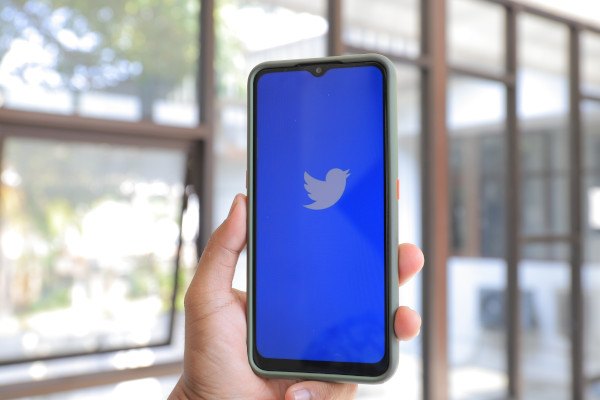
Twitter is the 9th most visited website globally, with over 200 million daily active users. While Twitter is fantastic for short updates, engaging with followers, and sharing links to websites and blog posts, this popular platform isn’t ideal for all business types. The businesses that thrive well on Twitter have a unique and strong brand voice that they can use to their advantage.
You can post short tweets (240 characters or less), images, videos, links, polls, and more on Twitter. It’s also effortless to engage with your audience on this platform by mentioning them in your posts and liking and retweeting tweets. Some businesses even use Twitter for customer service as active users look for companies on this platform to voice their concerns or share good words.
Hashtags help boost your posts, and if an influential user retweets you, your page could quickly go viral. Don’t forget to share and retweet posts from Twitter users to gain more engagement.
Twitter users are also favorably engaged shoppers, with 16% of users aged 16-64 who claim that they use Twitter for brand research and 54% reporting they are most likely to purchase new products.
If you’re thinking about using Twitter for your small business, here are some points for consideration:
- Are your customers on Twitter? If your customers aren’t active on the platform, you can skip this platform.
- What kind of content will you share? Twitter is an excellent platform for sharing quick news and updates, but there are better options for photos and videos.
- Do you have the resources to commit to Twitter? Studies recommend Tweeting at least 1 to 5 times per day.
4. Pinterest
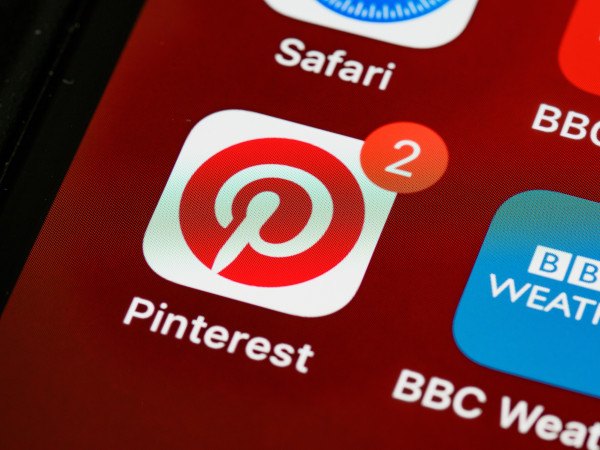
Every pin on Pinterest includes an image or video, making it a purely visual platform. If your business niche isn't visually appealing, this platform may not be for you.
Businesses make use of Pinterest by utilizing a series of special pins called Rich Pins, which you can use to add specific information to your pins, including some product details and location maps.
Popular categories on the site are DIY projects, fashion, exercise, beauty, photography, and food. Not only do Pinterest users love to discover and save new ideas, but they also use the platform to make purchasing decisions. Women aged 25-34 comprise 29.1% of Pinterest’s ad audience, while men only make up 15.3%.
Pinterest is a wonderful platform for small businesses because:
- It’s a positive space. 8 out of 10 Pinterest users claim the platform makes them feel good. Being active on a positive platform can help your brand’s image and reputation.
- It’s highly visual. 90% of information conveyed to the brain is visual, making Pinterest the perfect place to share beautiful visuals of your products or services.
5. YouTube
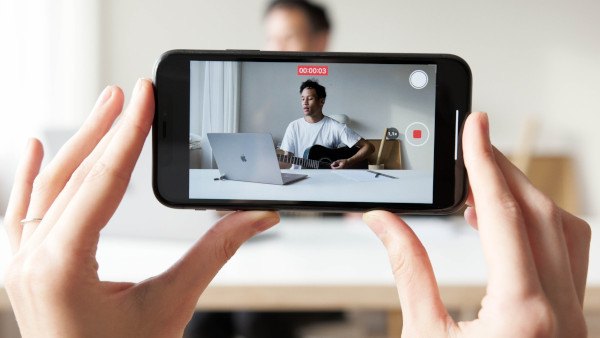
YouTube is the world’s most popular video-sharing social media platform. Businesses that have created an online presence on Youtube use creative, visual, or educational content. Because of this, it's good to have a dedicated video editor to handle your posts on this platform.
You can also partner with YouTubers with an already existing number of followers for product placements. Collaborating with YouTube influencers can be an easier way of marketing your business on Youtube since you don’t have to put in the time and effort to create content and build a following.
YouTube is an excellent platform for small businesses because:
- You can drive traffic to your website. Adding a link to your website in your YouTube videos can drive traffic to your website.
- You can improve your SEO. YouTube videos usually appear in Google search results. This can improve your website’s SEO.
- You can build brand awareness. You can use Youtube to post engaging video content to help build brand awareness.
If you’re thinking about using YouTube for your small business, ask these questions first:
- Do you have the resources to commit to content creation? With Youtube videos, you should have a decent camera and some editing skills.
- Do you have something unique to say? There’s a myriad of unique content on YouTube already, so you must ensure you have something special and exciting to say before starting a channel. What can your business offer that other businesses in my niche don’t?
- Can you commit to uploading regularly? Once you start a YouTube channel, you need to be able to commit to uploading new videos regularly.
6. LinkedIn
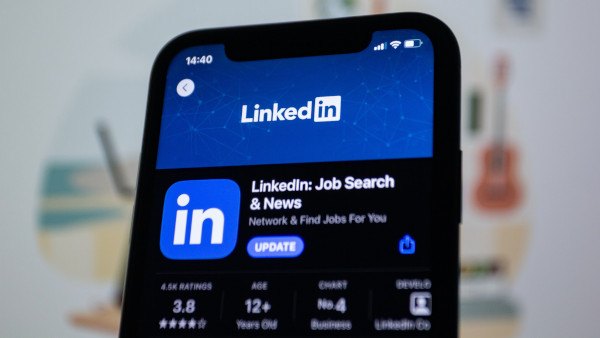
LinkedIn has 260 million monthly users worldwide and is a great place to find the best talent, position yourself as an industry leader, and establish brand recognition.
LinkedIn is designed to be more professional and appeal to businesses and professionals. Users create profiles similar to resumes, while companies can create pages that showcase their business. It’s also an excellent place to post job openings and information about your company.
You can join industry-specific LinkedIn Groups to ask and answer questions. This can bring users to your company page and website.
7. TikTok
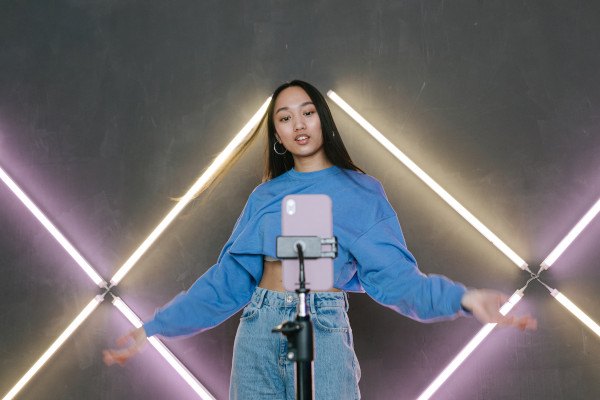
TikTok is a relatively new hit platform where users create and share short videos. Recently, it launched an in-app shopping platform for small businesses making Tiktok an immensely effective option for businesses.
To use TikTok for business, you need to examine how other companies are tackling TikTok before trying it yourself. Even well-established brands with an audience outside Gen Z are experimenting with this platform.
TikTok is an excellent platform for small businesses because you don’t need a huge budget to produce high-quality content. TikTok users shoot their videos on their phones. If you can be creative and think outside the box, you’ll do well on TikTok. If your content is good, it can be seen by millions of people.
If you’re considering using TikTok for your small business, ask yourself if your target audience uses TikTok. Keep in mind TikTok’s audience tends to skew towards the 18-24 range. So, if you’re marketing to Gen Z or young millennials, TikTok is worth a shot.
How to Track Social Media ROI
Here are some pointers to guide you as you formulate, set up and track your business’s social media ROI to ensure you're not just throwing time, money, and efforts.
- Determine your immediate goals. Setting achievable business goals and building a strategy is key to a successful ROI measurement.
- Understand your long-term goals. Ensure you understand your ultimate goal. This end-goal vision will meet your social media efforts. Make sure your ultimate goal aligns with your business’s branding guidelines.
- Pinpoint metrics to track. Determine the metrics you want to track. These will include engagement, audience, and reach. Apply this information to your strategy.
- Ignore “vanity metrics.” “vanity metrics” refer to metrics visible to the naked eye but don’t necessarily tell the whole story about a campaign’s success. Consider tracking more in-depth metrics. For example, how did a campaign or a post drive traffic to your site?
- Build relationships with your followers. Followers who feel they have a personal relationship with you are likelier to engage with your content and purchase or commit to your business.
- Quality over Quantity. Provide carefully considered content on your social media posts. Invest time to think about your photos, captions, and hashtags appropriately for each platform.
- Analyze your spending. Spending is one of the most specific metrics to measure. As you analyze the success of your campaign, be sure to consider all the money spent and how it was utilized.
The Bottomline
Social media is one of the best tools out there for digital marketing. It is a great way to increase the visibility of your small business and gain a loyal base of followers.
However, aside from social media, there are different channels and platforms that you can use for your digital marketing strategy. This is called omnichannel. It is a lead nurturing and user engagement approach in which a company gives access to their products, offers, and support services to customers on all channels, platforms, and devices. You can read more about it here.
With so many options out there, it’s often hard to choose an area to prioritize. Luckily, you can stick with just a few platforms and still get that optimal reach that social media provides.
We hope this overview of the 7 best social media platforms today and tips on measuring ROI has helped you build your small business’ dream online presence.
-
 1
1



0 Comments
Recommended Comments
There are no comments to display.
Please sign in to comment
You will be able to leave a comment after signing in
Sign In Now